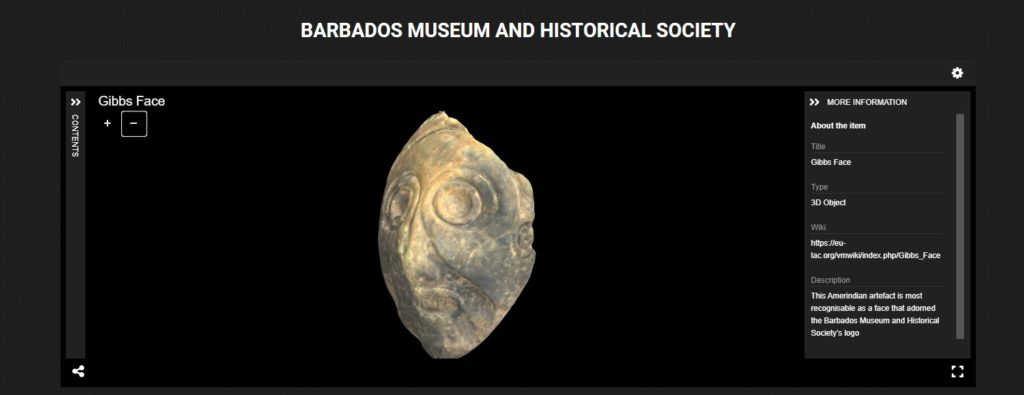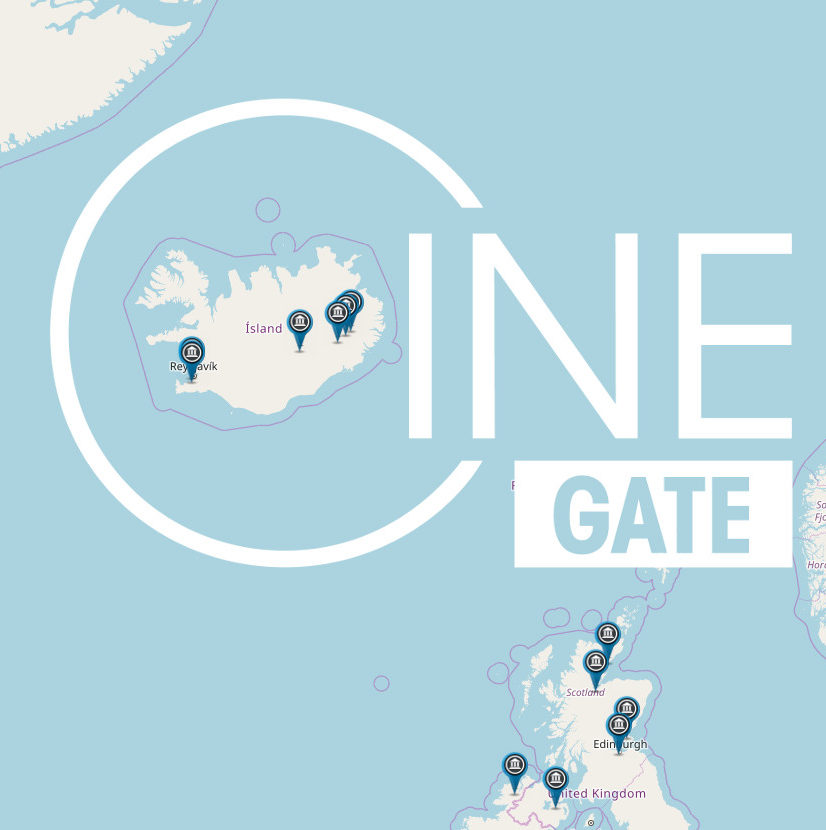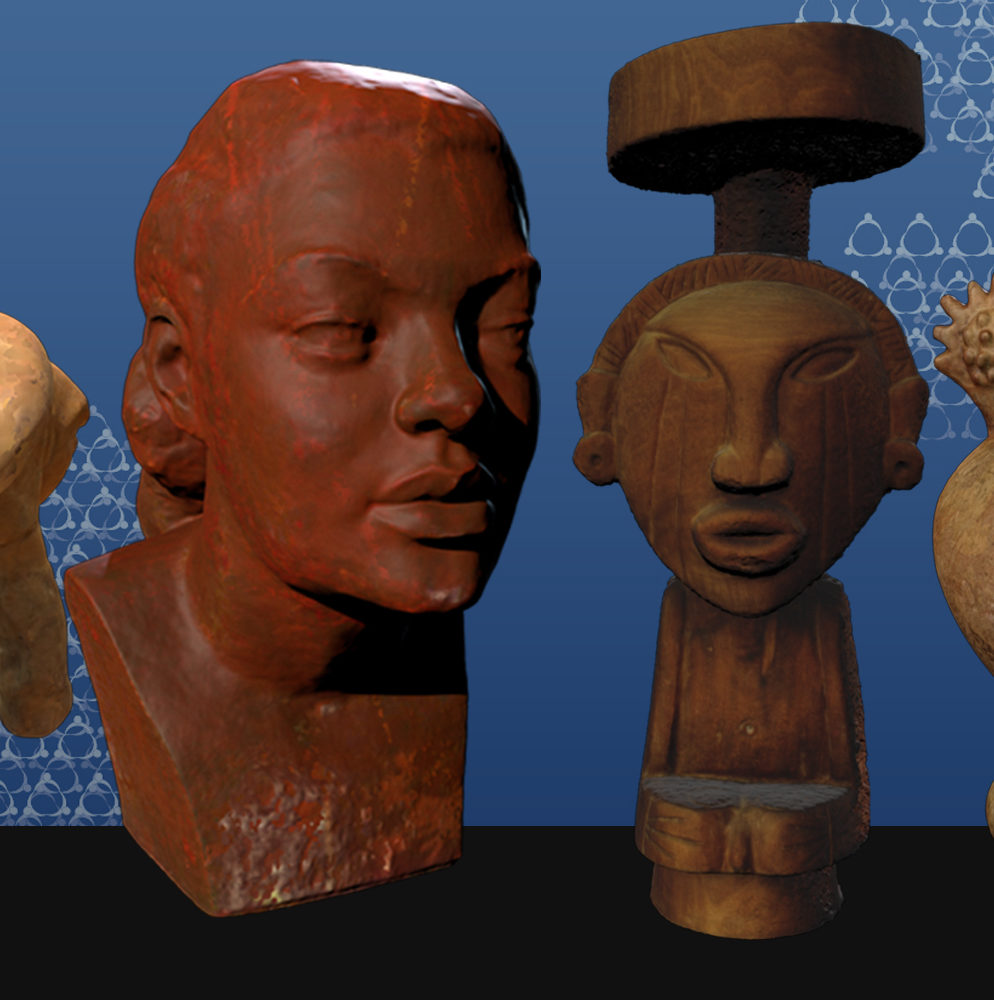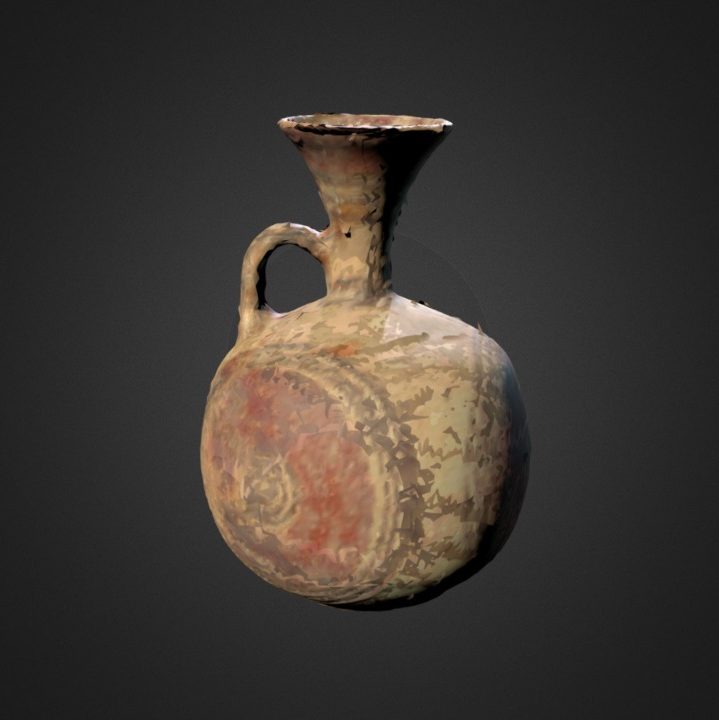Digitisation of cultural and natural heritage preserves, archives, promotes and disseminates unique material from all over the world. 3D digitisation produces representations of objects, buildings and landscapes which can be examined in an interactive virtual space. 3D models are invaluable for research, interactive audience engagement, and contextual evaluation in a reconstructed environment.
We commonly use a process called photogrammetry, which uses a combination of photographs and software to build high resolution 3D models. This process allows for an accessible entry point into 3D digitisation and proves more practical for museum volunteers and staff. We also use structured light scanners as well as laser scanners when in need of rapid 3D model processing.
As a research group, we have been a part of regional and global projects that have promoted 3D digitisation as a tool to build community resiliency to preserve cultural artefacts and protect a community’s unique identity. We have hosted 3D digitisation workshops all over the world, from major national museums to small indigenous community museums. During the global lockdown due to COVID-19, we’ve moved the webinars online to continue disseminating our knowledge to those in the cultural sector requiring digital skills.
Digitisation of cultural and natural heritage preserves, archives, promotes and disseminates unique material from all over the world. Example of work. This link is to EU-LAC galleries and this link is to similar galleries for CINE.




